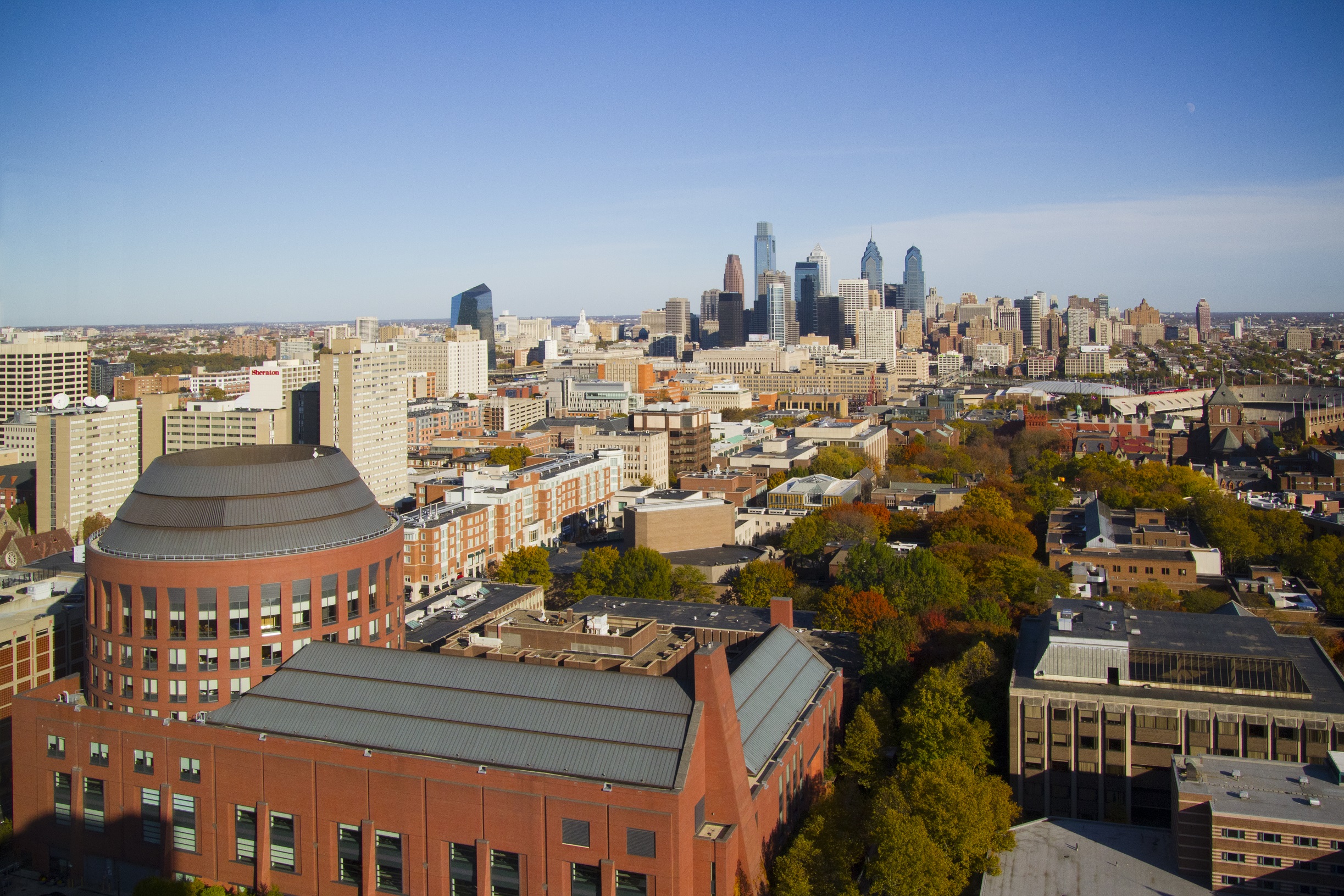
.
Polishing & Quants“10 Business Schools to Watch” awards MBA programs that aren’t just adapting to the market—they’re disrupting it. These schools keep tabs on trends, identify ripples and tailor programs to make employers more competitive and graduates more agile. In the process, they serve as both inspiration and roadmap.
Now in its eighth year, the feature showcases schools that operate like real businesses. “Schools to watch” understand that complacency is their greatest threat, so they always want to do more and do more. They leverage their capabilities and capitalize on their assets—they invest to maximize impact. Take Wharton, for example. This year, the program made its Ivy League Executive MBA online available to the masses, the first M7 program to attempt the feat. By the same token, Georgetown University’s McDonough School has developed an ambitious five-year plan that leverages its Jesuit DNA, grounded in sustainability, global business, and mentorship. In addition, Northeastern’s D’Amore-McKim School of Business pioneers employer partnerships that allow students to gain outstanding hands-on experience.
What do the “10 Business Schools to Watch in 2023” have in common? For one, they go forward without fear of risk or criticism; they never allow their creations to be swallowed up by bureaucracy or diluted by compromise. They tap into what matters to students to navigate the spirit of our time. Most importantly, they create an edge, create an identity, and chart a course that sets them apart. Along the way, they’ve caught the attention of their peers and become the show everyone watches.
10 business schools to watch that are leading the way in business education
As we head into 2023, which business schools are setting the standard? From IIM Ahmedabad to Washington University’s Olin College, the following MBA programs are poised to lead the way in the coming year.

Huntsman Hall at the Wharton School of Business.Photo courtesy
Is the online experience as good as an in-person classroom? Will the market pay top dollar for a degree from an iconic brand?
Get ready: We’ll watch case studies unfold in real time—directly from Wharton.
In May, Wharton launched its Global Executive MBA program. Technically speaking, Wharton has been online for over a decade. After all, this school did write a book on making MOOCs with MBA-level courses taught by star faculty. However, Wharton is the first of the “Big Five” schools (Harvard, Stanford, Wharton, Chicago, and Northwestern) to offer an online hybrid MBA program. The 22-month program was initially expected to enroll 60-70 students, bringing Wharton’s total EMBA enrollment to 300.
One difference: Three-quarters of the teaching will take place in live online classes, usually in the early morning and early evening. The remainder will be held on the Wharton campus for five residential weeks. In other words, Global EMBA students can get to know their fellow students and professors in person while taking courses largely virtually.
“I’m hesitant to call it an online degree because it means sitting in bed with a laptop,” Brian Bushee, Wharton’s senior associate dean for instruction, explained in an interview with Poets&Quants in 2022. Computer watching videos.” Lord, 100% of class time will be with one of our professors, some of them will be in person. “
For Bushee, such caution may be wise. Wharton charges $214,800 for the program — the same price as its fully in-person EMBA programs in Philadelphia and San Francisco. In some respects, I have to admire Wharton’s self-confidence. Let’s face it: This school is simply applying the same faculty, programming and support to an online audience, some of whom are expected to be executives from overseas. Admittedly, online courses require less food and housing for students. However, on-site EMBAs will tell you that this benefit is offset by the cost of returning to campus every fortnight.
It’s arguably designed as an alternative for executives who simply can’t afford to forego the two weekends a month of Wharton’s MBA program. To allow for this flexibility, Wharton wants to add $15 million in funding to its first global EMBA program. The program also represents some danger to the Wharton brand. Not surprisingly, P&Q’s grizzled editor-in-chief, John Byrne, is happy to play a naysayer.
First, he asks the question Wharton seems to avoid: Is the price paid worth the reward? He points to Indiana University’s Kelley Direct online MBA program — the world’s No. 1 online MBA program — at $82,158, almost a third of Wharton’s. At Boston University and the University of Illinois, online students can earn about $25,000 for an MBA degree, Byrne added. When it comes to prestige, Harvard Business School Online offers a viable option — even if it’s not a full degree program.
“Here’s another way of looking at it: Executives can take every online course Harvard Business School offers for a total cost of $33,250. To do so, they’ll take 19 courses, covering everything from business fundamentals to leadership and management , entrepreneurship and innovation, finance and accounting, strategy, and all aspects of business and society. HBS even instructs its online students how to list their school’s credentials and credentials on LinkedIn and on their old-fashioned paper resumes. Take each of these courses Just $33,250, just 15 percent of the cost of Wharton’s new online EMBA program.”
What’s more, Byrne observes, the online EMBA could compete with Wharton’s own on-site EMBA options, as do online players like Michigan Ross, Carnegie Mellon Tepper, and UC Berkeley Haas. “The school is betting that the online format won’t materially cannibalize its face-to-face classes in Philly/San Francisco. But average pricing makes this a difficult proposition. Why would anyone be in the same 22-month Select 50 necessary trips to Philadelphia/San Francisco on Friday/Saturday, get affidavit from employer that they take every other Friday off, and when they can limit residential components to a few modular weeks, How many hours do you spend commuting?

Wharton students walk along the Locust Walk at the University of Pennsylvania.Photo courtesy
In the MBA population itself, Byrne wonders whether EMBAs will seek to switch between on-site and online modes. And that’s not even counting the response of full-time MBA students (nearly 1,800 students) to the addition of online classes.
“Adding one or two student cohorts to an already large student body will require additional faculty resources,” Byrne wrote. “Full-time students may react adversely to the perceived dilution of the Wharton MBA and the diversion of faculty from teaching the full-time MBA roster.”
These are big risks for Wharton.In the past year, the school has Financial Times, us news and world reporttons, and Puss&Quants (Excludes top-ranked undergraduate programs). Still, the launch of the online class reveals something profound about Wharton. While many business schools are inflating their endowments, Wharton is continually investing to maximize the student experience. This includes Tangen Hall, its entrepreneurship centre. The seven-story Tangen Hall connects Penn’s entrepreneurial and innovation communities, providing space for their young businesses to design, test and scale.
“The new 70,000-square-foot state-of-the-art building features a food innovation lab, a street-level storefront pop-up retail space for student retail businesses, a virtual reality environment, a digital media lab, maker studios and a wealth of open workspace, ” shared Blair Mannix, P&Q’s Director of Admissions for Class of 2022. “Tangen Hall introduces new partnerships from the Wharton School of Business, Penn’s School of Engineering and the Stuart Weitzman School of Design to strengthen Penn’s entrepreneurial ecosystem.”
This year, Wharton also introduced new courses in Environmental, Social and Governance (ESG) and Diversity, Equity and Inclusion (DEI). Schools don’t just teach these fields. They increasingly work from them, and women make up the majority of the class for two years in a row. Still, you could argue that size and scope are Wharton’s greatest strengths. The school’s alumni network of 100,000 members spans nearly every industry, company and job title in 153 countries. Then there’s compensation, with Wharton alumni enjoying the greatest ROI of an MBA over the course of their careers.
“Wharton teaches business differently,” explains Blairmannix. “We value ‘learning by doing’ and provide our students with a tactile education that equips them to take on tomorrow’s greatest business challenges. Our programs are diverse and innovative, helping students acquire the business knowledge and professional skills to Expand career options and join one of the largest and most prestigious alumni networks in the world.”
What can MBAs expect from Wharton in the future? Ironically, the future – as in continuing education – is where schools train their websites next. “I really want Wharton to be your trusted lifelong partner in business education,” explained Nicolaj Siggelkow, the school’s associate dean, in a 2022 interview with P&Q. “Obviously, in the two years you’ve been here, we’ve tried to teach you as much as we can. But we can’t teach you everything you need to know, and you don’t know what’s going to happen in the next five or 10 years. What happened. Given the bespoke, personalized journey, there shouldn’t be a stop in two years.”
next page: Cornell Johnson School of Management